Landscape Modern Painting

Table of Contents
Landscape Modern Painting: A Journey Beyond Impressionism
Modern landscape painting, a vibrant and diverse movement, significantly departs from its predecessors. While Impressionism captured fleeting moments of light and color, modern landscape artists explored deeper themes of abstraction, emotional expression, and the artist's subjective experience of the natural world. This exploration led to a radical reimagining of how landscapes are depicted, resulting in a vast and fascinating body of work. This article will delve into the key characteristics, influential artists, and lasting impact of modern landscape painting.
Key Characteristics of Modern Landscape Painting
Modern landscape painting isn't defined by a single style but rather by a shared departure from realism and a focus on innovative techniques and perspectives. Several key characteristics distinguish it:
Abstraction and Simplification: Unlike the representational accuracy of earlier landscape painting, modern artists often simplified forms and abstracted natural elements. Instead of meticulously rendering every detail, they focused on capturing the essence of the landscape through color, shape, and texture. Think of the bold, geometric forms found in the work of Piet Mondrian or the simplified landscapes of Kazimir Malevich.
Emotional Expression: Modern landscape painting became a vehicle for expressing the artist's internal state. The landscape wasn't merely a backdrop but a reflection of the artist's feelings, anxieties, or hopes. This emotional intensity is evident in the dramatic, expressive landscapes of Edvard Munch and the evocative works of Emil Nolde.
Subjective Perspective: Objective representation gave way to subjective experience. The artist's personal interpretation of the landscape became paramount. This led to a wide range of styles, from the Fauves' vibrant, non-naturalistic palettes to the Expressionists' emotionally charged depictions.
Experimentation with Medium and Technique: Modern artists pushed the boundaries of traditional techniques. They experimented with new materials, incorporating collage, mixed media, and unconventional application methods to create unique textures and effects.
Influential Artists and Movements
Several movements and artists profoundly shaped the course of modern landscape painting:
Expressionism: German Expressionists like Ernst Ludwig Kirchner and Emil Nolde used distorted forms and vibrant colors to convey intense emotions through landscapes. Their works often reflect anxiety, alienation, and the turmoil of the early 20th century. Keywords: German Expressionism, Ernst Ludwig Kirchner, Emil Nolde, landscape expressionism
Fauvism: The Fauves, led by Henri Matisse and André Derain, prioritized intense color over realistic representation. Their landscapes are characterized by bold, non-naturalistic palettes and a vibrant energy. Keywords: Fauvism, Henri Matisse, André Derain, Fauvist landscape
Cubism: While not solely focused on landscapes, Cubist artists like Pablo Picasso and Georges Braque incorporated landscape motifs into their fragmented and geometric compositions. This approach challenged traditional perspectives and explored the multi-faceted nature of reality. Keywords: Cubism, Pablo Picasso, Georges Braque, Cubist landscape
Abstract Expressionism: Post-World War II, Abstract Expressionists like Mark Rothko and Jackson Pollock created non-representational landscapes, emphasizing gesture, color field, and emotional impact over recognizable forms. Keywords: Abstract Expressionism, Mark Rothko, Jackson Pollock, abstract landscape painting
The Lasting Impact of Modern Landscape Painting
Modern landscape painting's legacy is undeniable. It broadened the definition of art, challenging traditional conventions and opening up new avenues for artistic expression. Its influence can be seen in contemporary art, where artists continue to explore the relationship between the human experience and the natural world using innovative techniques and perspectives. The emotional depth, formal innovation, and subjective viewpoints introduced by modern landscape artists transformed the genre, leaving an enduring mark on the history of art.
SEO Optimization Considerations:
This article incorporates several SEO best practices:
- Keyword Optimization: The article naturally integrates relevant keywords throughout the text, including long-tail keywords like "German Expressionism landscape," "Fauvist landscape," and "abstract landscape painting."
- Header Structure: Clear H2 and H3 headers improve readability and structure, helping search engines understand the article's content.
- Bold Text: Key terms are bolded to emphasize important concepts.
- Readability: The text is written in a clear, engaging style, avoiding overly technical jargon.
- Internal Linking (potential): While not implemented here to avoid creating fake links, this would involve linking to other relevant articles on your site (e.g., articles about specific artists or movements mentioned).
- External Linking (potential): Links to reputable art history resources or museum websites could enhance credibility (again, omitted here as per instructions).
By applying these strategies, this article aims to rank well in search engine results for relevant keywords while providing valuable information to readers. Remember to further optimize through meta descriptions, image alt text, and promoting the article across social media platforms for increased visibility.

Thank you for visiting our website wich cover about Landscape Modern Painting. We hope the information provided has been useful to you. Feel free to contact us if you have any questions or need further assistance. See you next time and dont miss to bookmark.
Featured Posts
-
Brian Murphy 92 George And Mildred Star Passes
Feb 05, 2025
-
Cifuentes Urges Qpr To Keep Pushing
Feb 05, 2025
-
Eisenberg Disavows Zuckerberg Connection
Feb 05, 2025
-
El Paso Pergolas
Feb 05, 2025
-
90s Bathroom Remodel
Feb 05, 2025